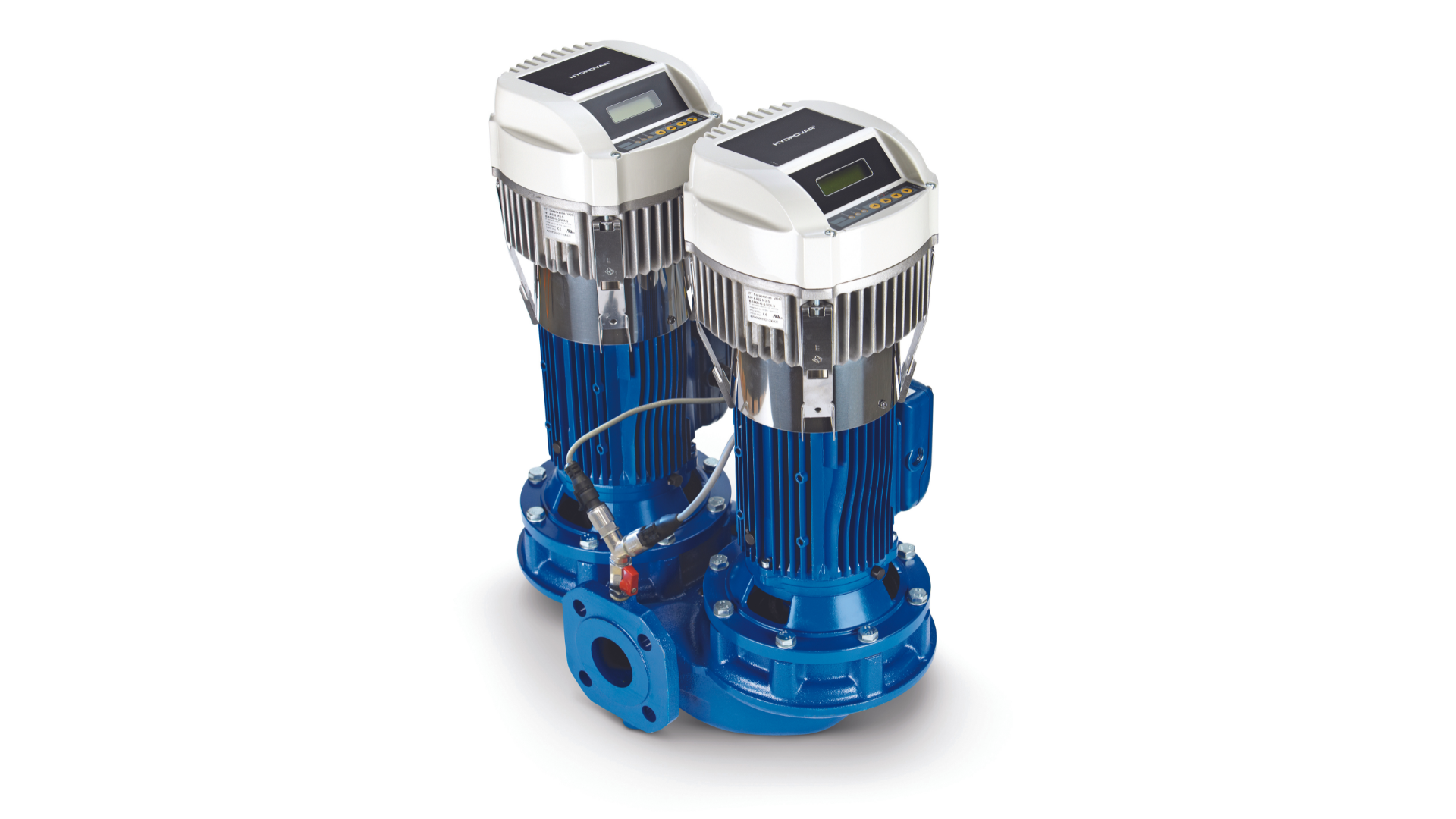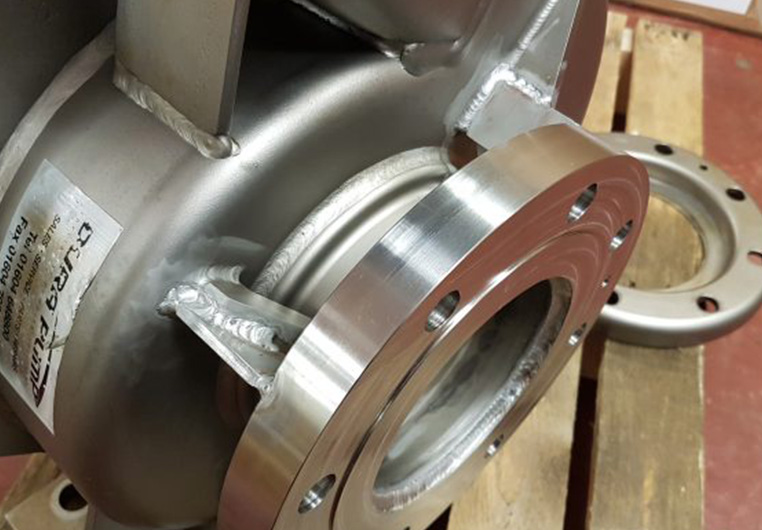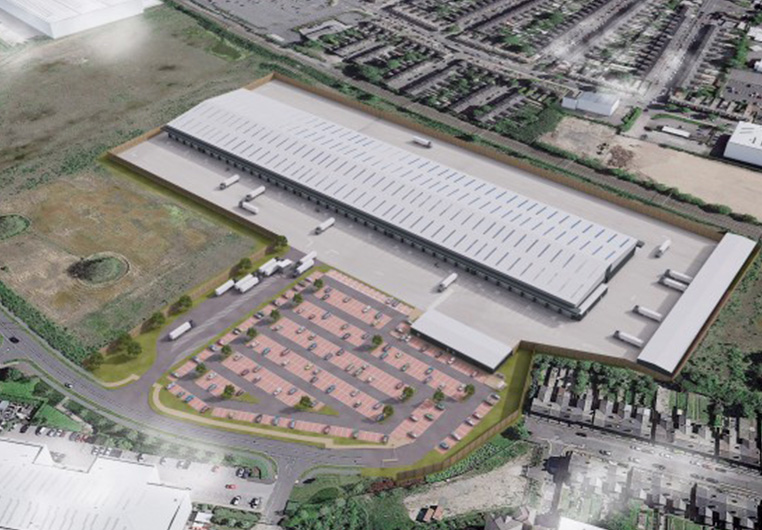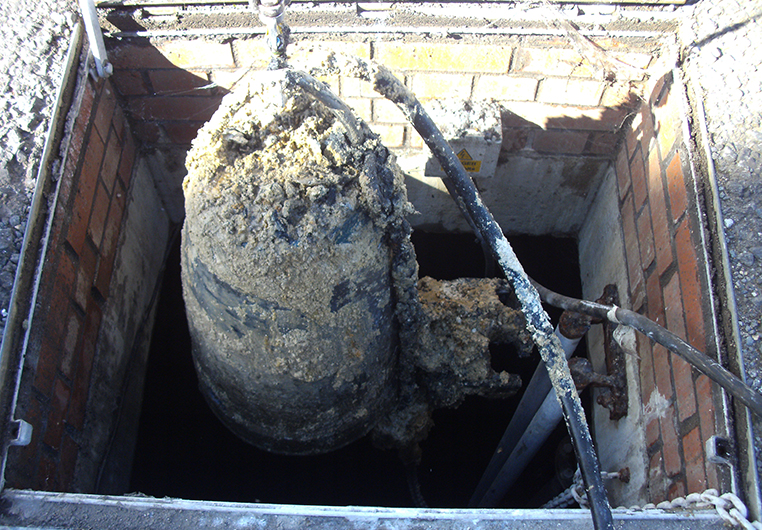When Is It Beneficial To Install An Inverter On A Heating Or Chiller Pump?
 Posted on 21st June, 2022 by Ozz
Posted on 21st June, 2022 by Ozz 
Inverters (or variable speed drives) with the correct control on a heating or chiller pump can save between 35% and 50% in power consumption. As the original pump will have been specified to cover extreme temperatures in summer and winter, running at full duty all year round results in high energy usage and costs. By installing a variable speed drive, your pumps will only run according to the required demand, resulting in reduced energy consumption and significantly reduced costs.
If you’re running fixed speed heating pumps 24/7 365 days a year, we recommend installing inverters to the pump if they have 3 kW motors or larger. Energy savings payback will depend on the price per kWh, but the higher the cost, the quicker the return on investment will be. However, if your pumps only run for 6 months of the year, saving operating costs will only become beneficial on pumps with motors larger than 5.5kW. That said, if you have pumps that are 11kW+ and want to optimise the pump’s efficiency, the return on investment can be a lot more substantial, with payback in just six months to one year.

The three main ways to maximise efficiency of an inverter are to ensure they have a signal to control the speed. This can be from:
- A signal from the BMS system – controlling the system according to the demand
- Differential pressure switches either side of the pump – regulating the inlet and outlet pressure
- Return or differential temperature – maintaining a set temperature in the system as demand changes
Got a question about inverters?
If you want to learn more about how inverters can help you reduce energy consumption, get in touch with our team today. We’re committed to helping pump-operating business reduce carbon emissions and boost efficiency, so get in touch to find out how we can support you in making long-term savings on both energy consumption and costs.




